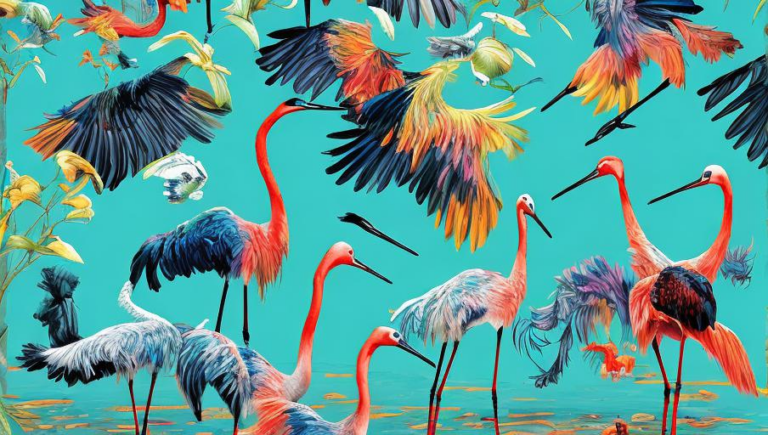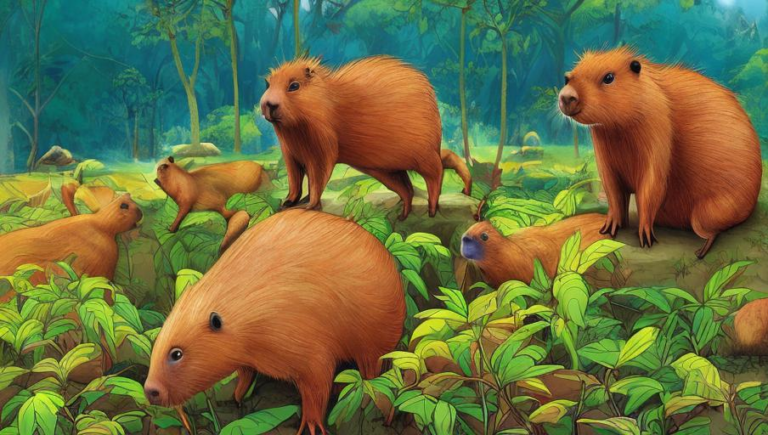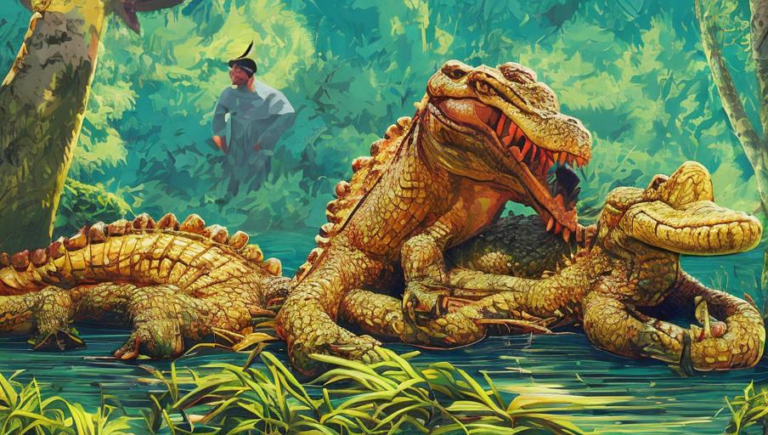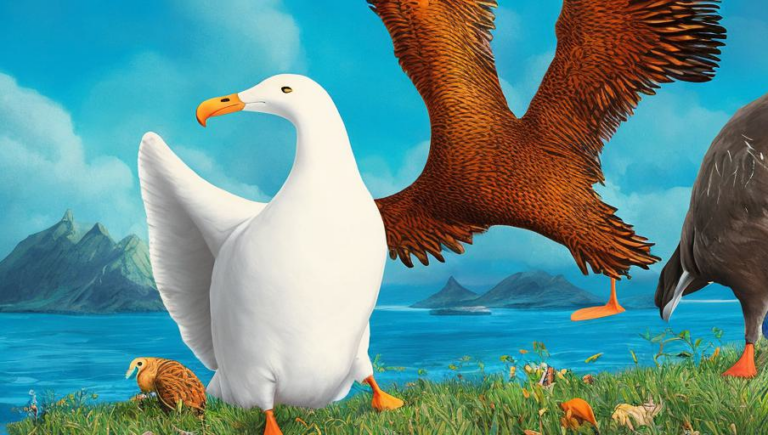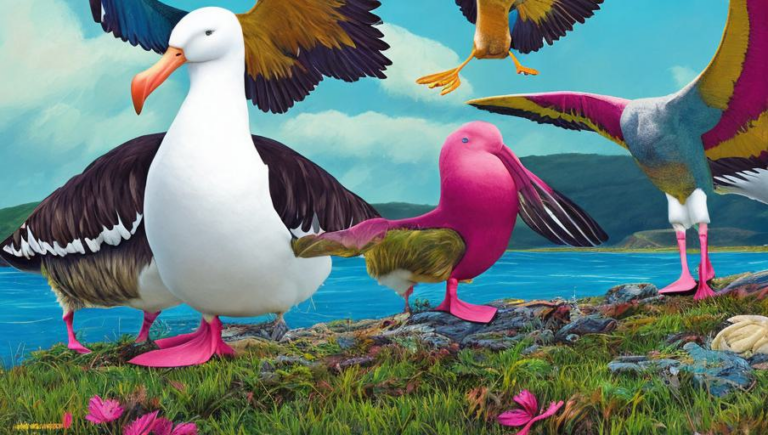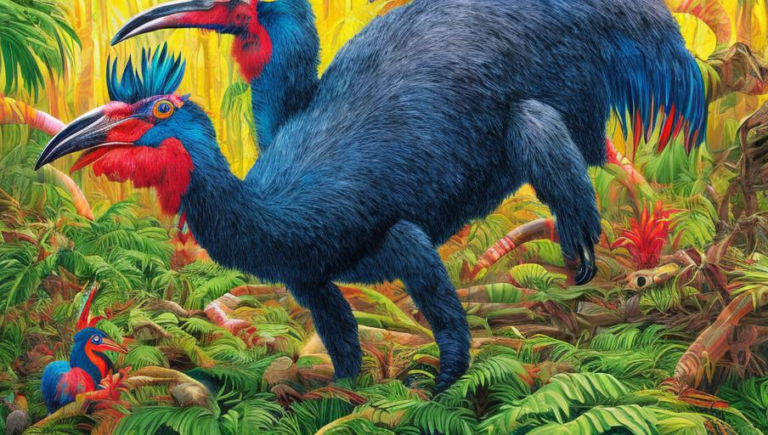Ode to the Albatross: A Poetic Exploration
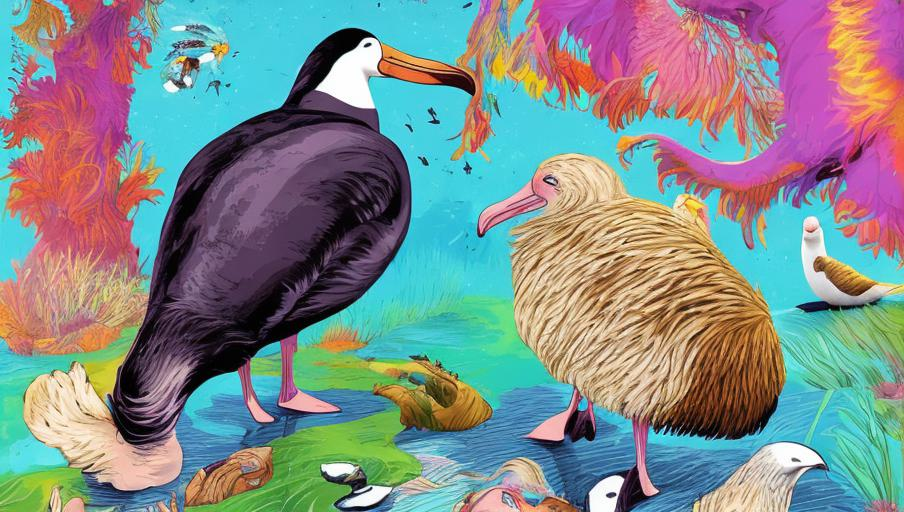
Introducing the Albatross
The majestic albatross is an iconic species of seabird, with a wingspan that can reach up to 11 feet wide. Characteristic of the albatross is its long and slender wings, which help it soar through the skies with grace and agility. These birds are found near the coasts of the world’s oceans, where they feed on small fish, squid, and other marine animals.
Albatrosses are highly sociable birds, forming large colonies and pairs with other albatrosses. They are also known for their impressive migrations, which can take them across entire oceans, and they are capable of soaring for hours without flapping their wings.
The Albatross in Art and Literature
The albatross has long been a source of inspiration for writers and artists. For example, Samuel Taylor Coleridge’s famous poem “The Rime of the Ancient Mariner” is about an albatross being killed, and the consequences of that act. The poem has been interpreted in various ways, but it often serves as a warning about the dangers of human interference in the environment.
The albatross also appears in the works of William Wordsworth, Herman Melville, and other writers, and it is a common theme in art, where it is typically used to represent freedom, strength, and the power of nature.
The Albatross in Culture and Beliefs
In many cultures, the albatross is seen as a symbol of good luck and fortune. In some cultures, it is believed that the souls of the dead are carried away in the form of an albatross. In other cultures, the albatross is seen as a messenger of the gods.
Native American tribes consider the albatross to be a symbol of strength and freedom, and it is sometimes seen as a symbol of hope and perseverance. In some Pacific cultures, the albatross is seen as a spiritual guardian, and it is believed to be able to bring good luck and protection.
The Threats Faced by Albatrosses
Unfortunately, the albatross is facing a number of threats that are threatening its survival. These threats include pollution, overfishing, and climate change. Albatrosses are also threatened by plastic debris in the ocean, as they often mistake it for food and ingest it, leading to illness and death.
Additionally, albatrosses are hunted for their feathers, which are often used to make decorations or clothing. Finally, albatross populations are threatened by habitat loss, as their nesting areas are being destroyed by development.
Conservation Efforts
Fortunately, there are many organizations and individuals working to protect albatrosses and their habitats. These efforts include raising public awareness about the threats facing the species, as well as the importance of conservation efforts. There are also organizations that work to protect albatrosses from hunting and illegal trade, and there are efforts to reduce plastic pollution in the oceans.
In addition, organizations like the Albatross Task Force are actively working to protect albatrosses and their habitats. The Albatross Task Force has been working to prevent illegal hunting of albatrosses, and it has also been working to protect their nesting sites.
Conclusion
The albatross is an iconic species of seabird, with a wingspan that can reach up to 11 feet wide. It has long been a source of inspiration for writers and artists, and it is seen as a symbol of good luck and fortune in many cultures. Unfortunately, the albatross is facing a number of threats, including pollution, overfishing, climate change, and plastic debris. Fortunately, there are many organizations and individuals working to protect albatrosses and their habitats, and these efforts are helping to ensure the long-term survival of the species.
